Windows: Microsoft's power of 10
The latest version of Windows needs to mark a return to form, if the company is to hold its own on the desktop and personal devices
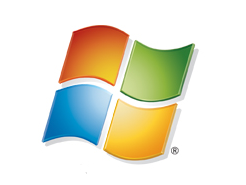
Inside the Enterprise: If Microsoft made wine, they would be a vineyard that produce award winning vintages but sometimes just plonk that is best kept for cooking.
The company's track record, when it comes to operating systems, is patchy. Windows XP was a successful vintage that has matured since its release; it is still widely used today, despite entering end of life in April 2014.
Windows 7, again, was widely regarded as a fine blend of performance, security and usability.
But surrounding these are more forgettable years. Windows Vista was flat and colourless, and failed to excite the palates of either CIOs or consumer PC buyers. Windows 8, for all its ambition and its attempt to bring together the ideas behind the desktop OS and mobile device software, has yet to make its mark. A new release Windows 8.1 is largely the same wine in a new bottle.
Windows 10, which was unveiled earlier this week, represents Microsoft's latest attempt to win over the world's PC users. Of course, most PC users still run Microsoft Windows, and Windows 10 will be installed on new PCs from next year.
The challenge for Microsoft is to convince computer users to upgrade their operating system software, or to replace struggling, older PCs with new kit. Microsoft also needs to persuade buyers to invest in desktop computers (running Windows) rather than to divert their budgets to tablets, smartphones, and other fizzy new gadgets.
The early signs are promising. Like a Grand Cru winery, Microsoft is allowing the experts in early for tastings. In fact, the company is running its largest ever testing and evaluation programme, with end users able to download and try out Windows 10, and give the company feedback.
Sign up today and you will receive a free copy of our Future Focus 2025 report - the leading guidance on AI, cybersecurity and other IT challenges as per 700+ senior executives
Already, we know the Start menu is coming back. There will be greater support for universal software applications, which can run on both conventional PCs and tablet, or hybrid, devices. The use of touch-screen interfaces will reach further into the Windows code base.
And security is being tightened. The addition of a new feature, that lets organisations segregate business and personal applications, and control the movement of data between them, is more than a nod towards the trend for Bring Your Own Device.
This could be a very powerful feature, allowing system administrators to block even simple operations such as cutting and pasting between the business and personal side of the device. As yet, rival operating systems, such as iOS and Android, have no comparable features.
Whether this is enough to persuade buyers to come back to Microsoft, and invest more in PCs or even opt for a Windows tablet or phablet instead of an Apple or Android one, remains to be seen. That is Microsoft's prize. But, for the millions of PC users out there, a better, more flexible version of Windows will be very welcome, all the same.
Microsoft will probably never tell us what happened to Windows 9, though.
Stephen Pritchard is a contributing editor at IT Pro.
-
 Trump's AI executive order could leave US in a 'regulatory vacuum'
Trump's AI executive order could leave US in a 'regulatory vacuum'News Citing a "patchwork of 50 different regulatory regimes" and "ideological bias", President Trump wants rules to be set at a federal level
-
 TPUs: Google's home advantage
TPUs: Google's home advantageITPro Podcast How does TPU v7 stack up against Nvidia's latest chips – and can Google scale AI using only its own supply?
-
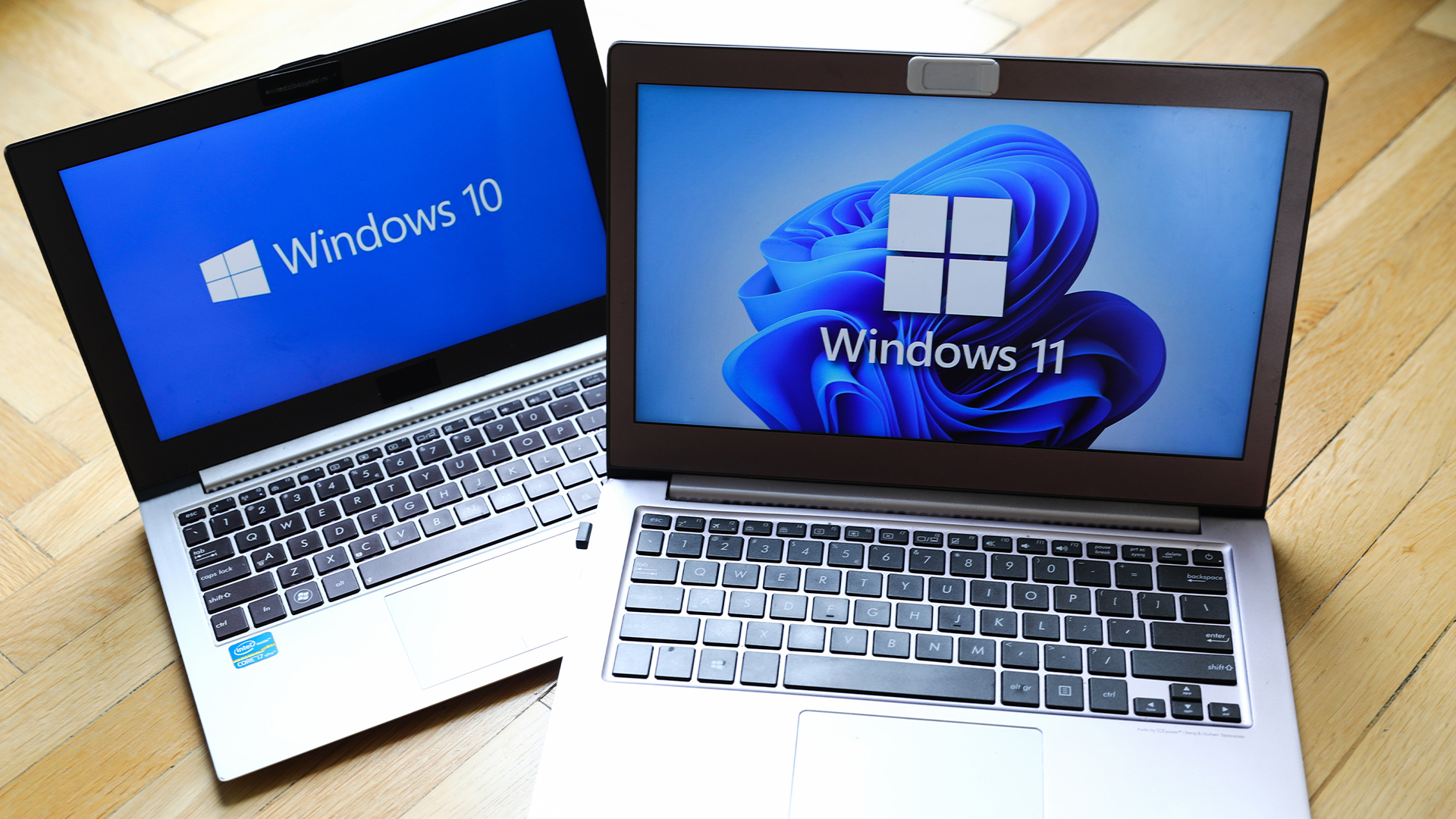 Windows 10 end of life could create a major e-waste problem
Windows 10 end of life could create a major e-waste problemNews The study marks the latest Windows 10 end of life e-waste warning
-
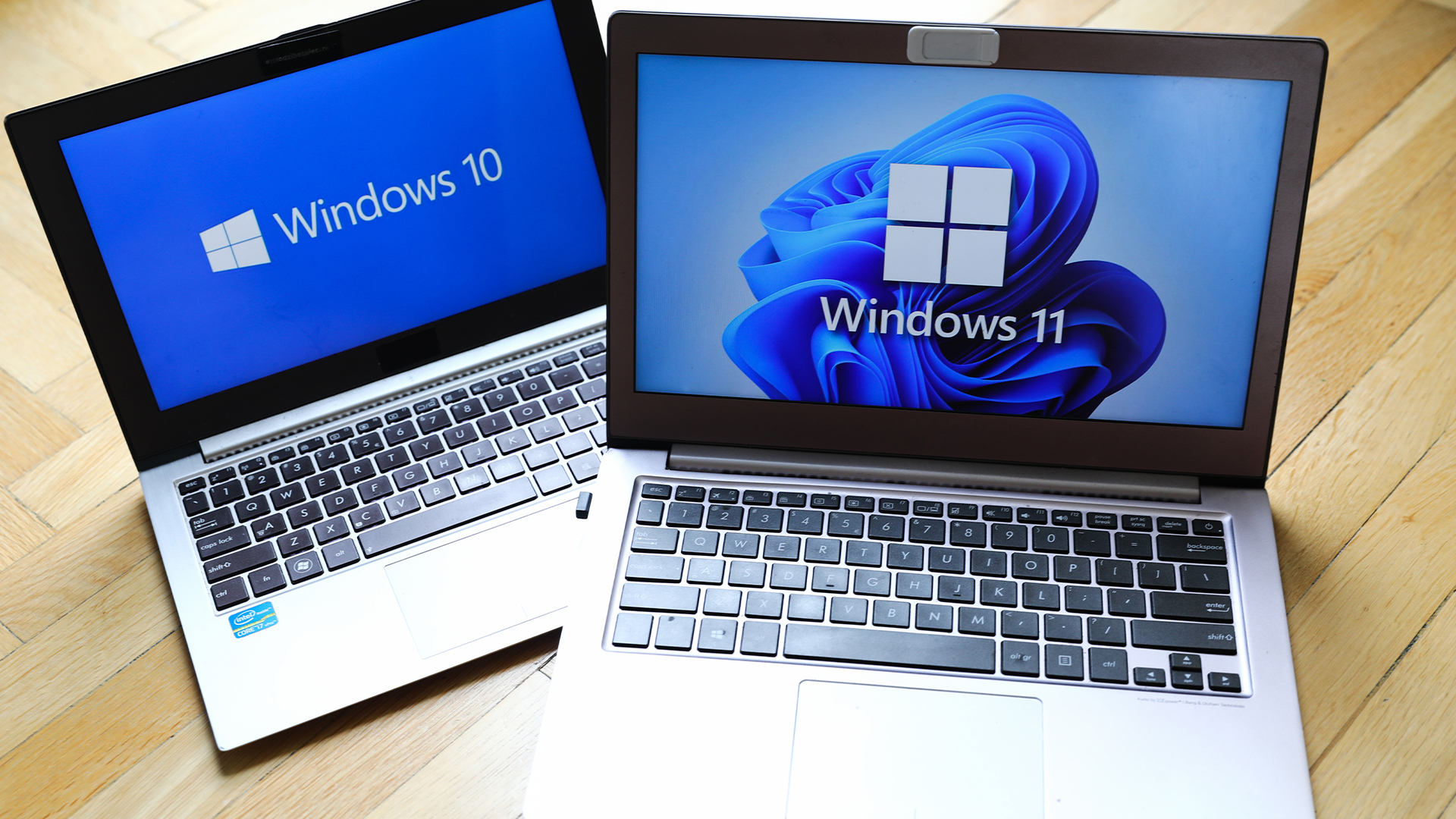 Windows 10 extended support costs could top $7 billion
Windows 10 extended support costs could top $7 billionNews Enterprises sticking with Windows 10 after the October deadline face huge costs
-
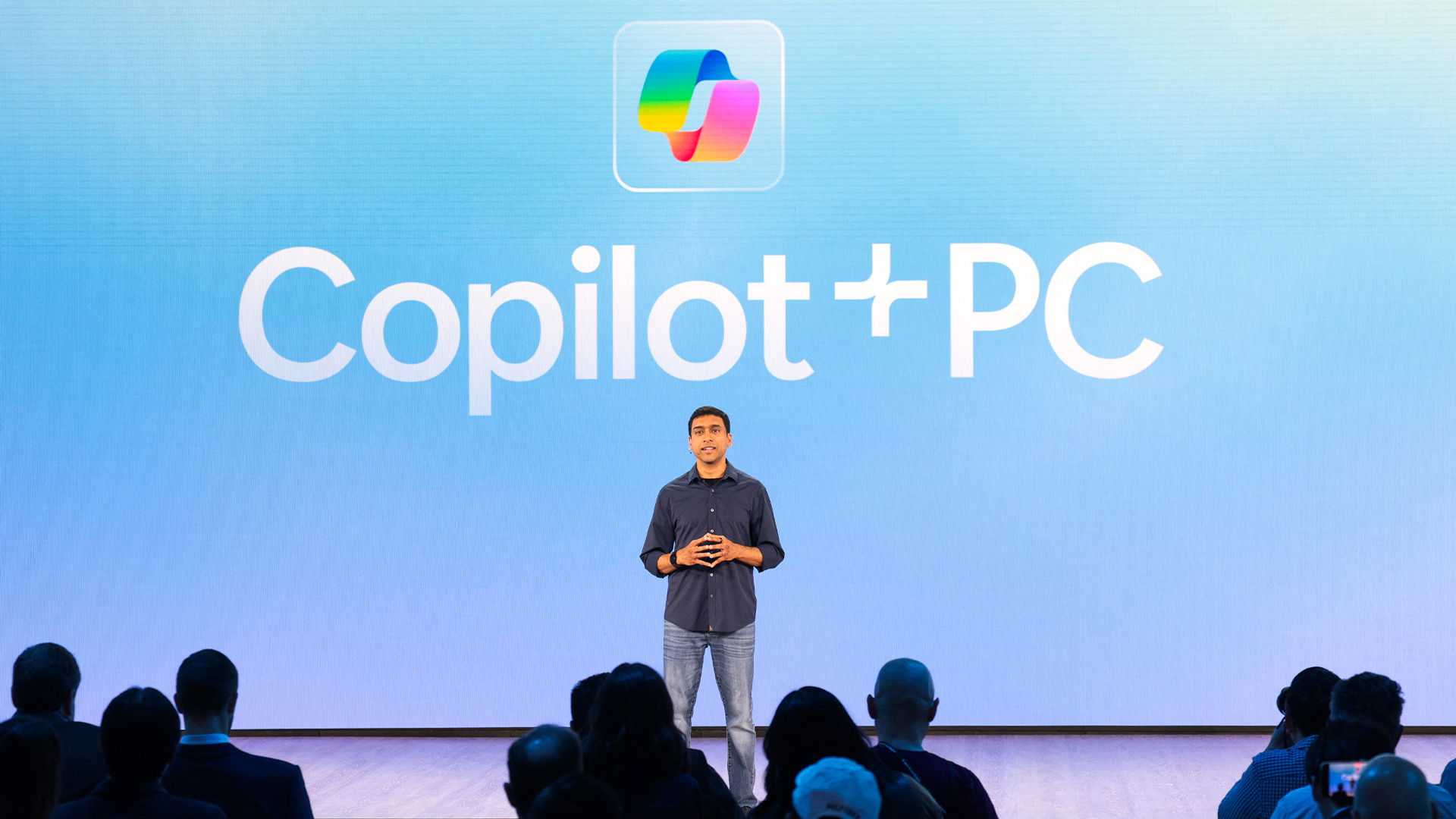 A senior Microsoft exec says future Windows versions will offer more interactive, ‘multimodal’ experiences
A senior Microsoft exec says future Windows versions will offer more interactive, ‘multimodal’ experiencesNews With speculation over a Windows 12 reveal mounting, a senior company figure claims the new operating system will mark a step change for users
-
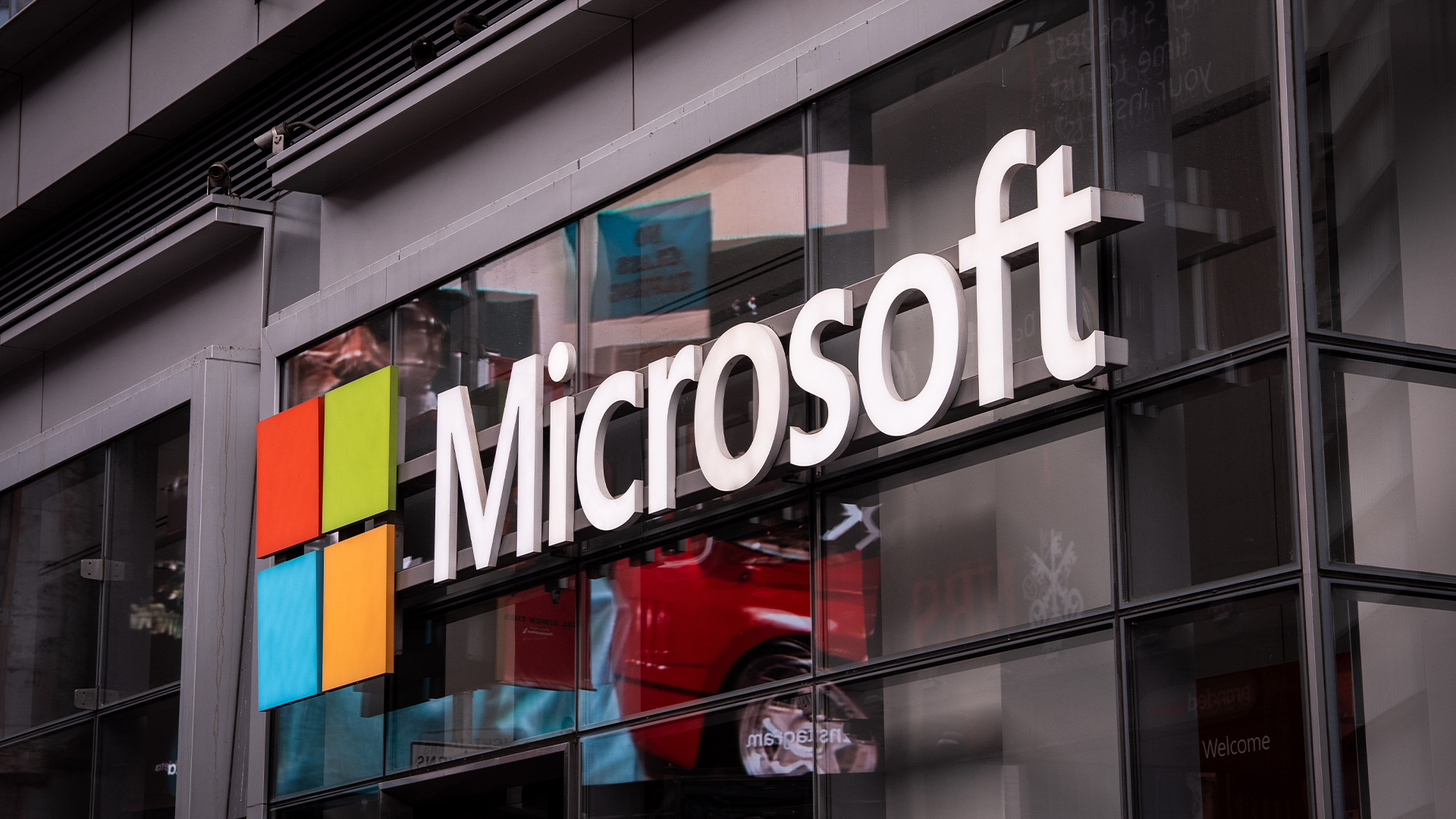 Microsoft’s botched August updates wiped SSDs, now it’s breaking PC resets and recoveries on Windows
Microsoft’s botched August updates wiped SSDs, now it’s breaking PC resets and recoveries on WindowsNews An out-of-band patch has been issued by Microsoft to fix a flaw introduced by its August update
-
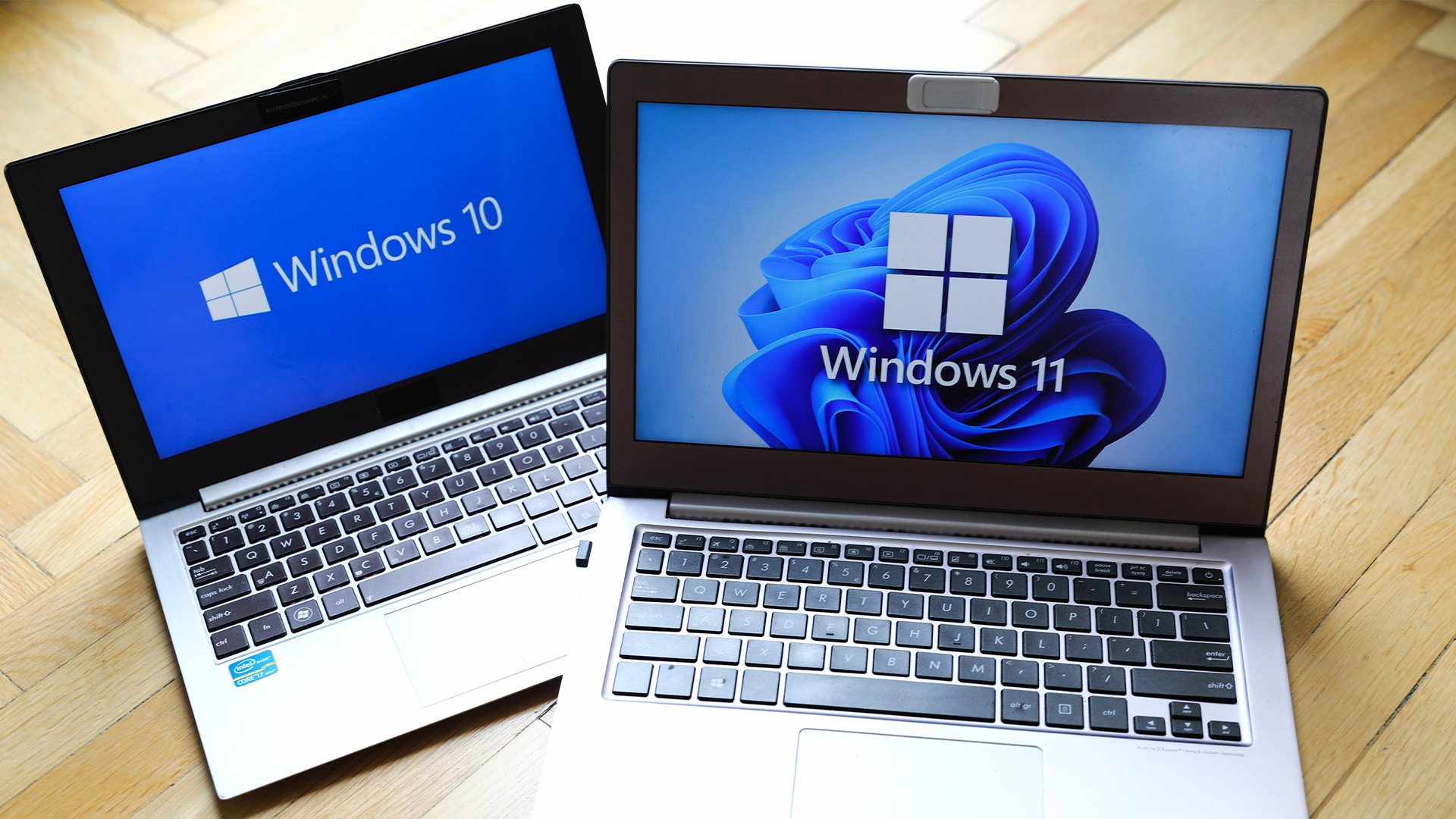 The NCSC just urged enterprises to ditch Windows 10 – here’s what you need to know
The NCSC just urged enterprises to ditch Windows 10 – here’s what you need to knowNews The UK cyber agency says those that haven’t migrated to Windows 11 should do so immediately
-
 Windows 11 finally overtakes Windows 10 in popularity – but what’s driving this surge?
Windows 11 finally overtakes Windows 10 in popularity – but what’s driving this surge?News It’s been a long time coming, but Windows 11 is finally Microsoft’s most popular operating system
-
 Dragging your feet on Windows 11 migration? Rising infostealer threats might change that
Dragging your feet on Windows 11 migration? Rising infostealer threats might change thatNews With the clock ticking down to the Windows 10 end of life deadline in October, organizations are dragging their feet on Windows 11 migration – and leaving their devices vulnerable as a result.
-
 Recall arrives for Intel and AMD devices after months of controversy
Recall arrives for Intel and AMD devices after months of controversyNews Microsoft's Recall feature is now available in preview for customers using AMD and Intel devices.